From its status as the footnote of history, Daman, in the west coast, has come a long way to script and rewrite its own narrative. Manu Shrivastava sketches a picture of the historical canvas of the scenic area swirling in golden beaches and with a culture – food and language included – that is uniquely its own. It is a swanky pocket that embodies a modern India and yet remains anchored in roots. It wears its heritage like a silken sari, vibrant and timeless. It invites you – a traveller, a seeker – to explore its timeless tale.

Daman is a coastal gem of India that has turned a new leaf. No longer confined to the sepia pages of its colonial history, it now blooms with vibrant hues, a canvas where cultures converge, and stories intertwine.
Sun-kissed beaches, their sands whispering secrets of bygone eras. Waves, like ancient sages, recite verses of resilience. Palms sway, their fronds brushing against the sky – a dance of freedom.
Once a footnote in the annals of history, Daman now paints its own narrative. The past lingers, but it no longer defines. Instead, it weaves itself into the fabric of the present – a melting pot of traditions seeped in ‘modern’ essence.
As you step onto its shores, you’re greeted by aromas: spices mingling with salt, street food sizzling in pans and indigenous fish drying along the sun-kissed sand. Languages collide: Gujarati, Marathi, Portuguese echo… each word a bridge between epochs.
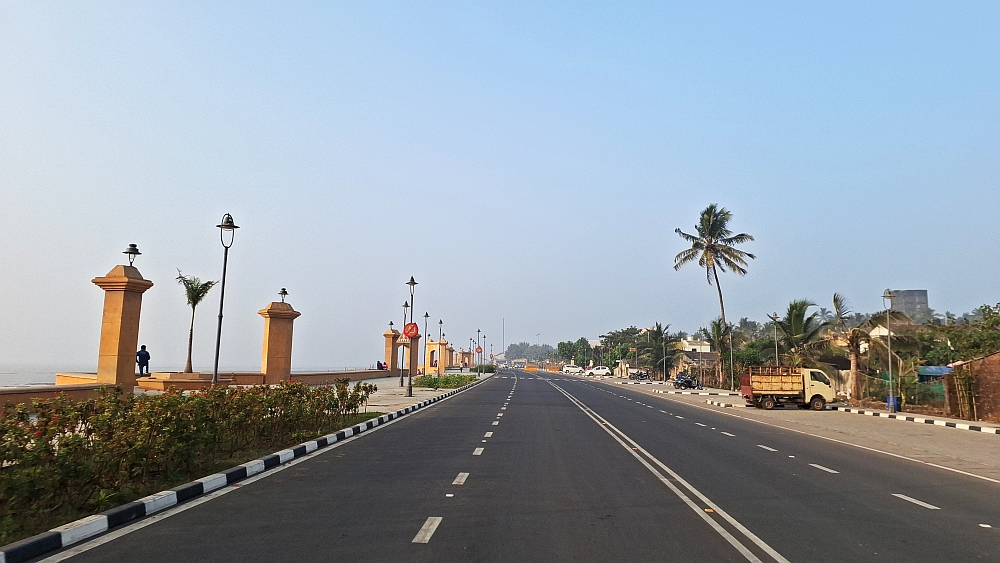
Narrow lanes wind through the heart of the town, revealing glimpses of heritage homes – their intricately carved balconies, some adorned with bougainvillea, others in need of mending. Here, time hesitates, caught between old and new.
Oh … and the seafront! Devka, Daman and Jampore … where timid waves kiss the rocks, leaving salty love letters. The meandering coastal road, a ribbon of aspirations, stretches toward infinity. Footprints merge leaving imprints on the sands of progress.
Smart lighting illuminates the night, casting shadows of promise. Gardens bloom, their petals catching stardust. Food stalls offer sumptuous snacks and stories. Families gather, laughter echoing across the sea.
The ‘modern’ touch
Daman is the embodiment of a new India: modern, yes, but anchored in roots. It wears its heritage like a silken sari, vibrant and timeless. It invites you – a traveller, a seeker – to explore its timeless tale.
Bathed in sunlight, Daman witnessed a momentous occasion last year when Prime Minister Narendra Modi dedicated two remarkable projects to Daman – the NAMO (Nani Daman Marine Overview) Path and the Devka Seafront.
The air was charged with anticipation as dignitaries, locals, and tourists gathered to witness this historic event. He was accompanied by Administrator of Union Territory of Dadra and Nagar Haveli and Daman and Diu and Lakshadweep, Praful Patel.
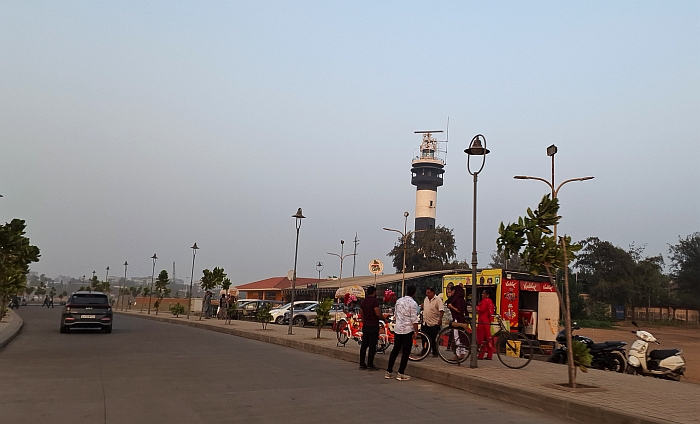
The Prime Minister engaged in heartfelt conversations with the construction workers who had toiled tirelessly to bring these projects to life. Their sweat and dedication were etched into the very stones of the promenade. As the sun played hide-and-seek with the azure sea, the Prime Minister graciously posed for a photograph alongside the workers – a snapshot that would forever capture this moment of unity and progress.
Devka Seafront, stretching an impressive 5.45 km, stands as a testament to human ingenuity and vision. Built at a cost of approximately Rs 165 crores, it is not merely a concrete expanse but a living, breathing artery connecting the land and the sea.
There is something for everyone at the Devka Seafront, built in the most environment-friendly manner and, at the same time, keeping up with the demands of a modern-day traveller.
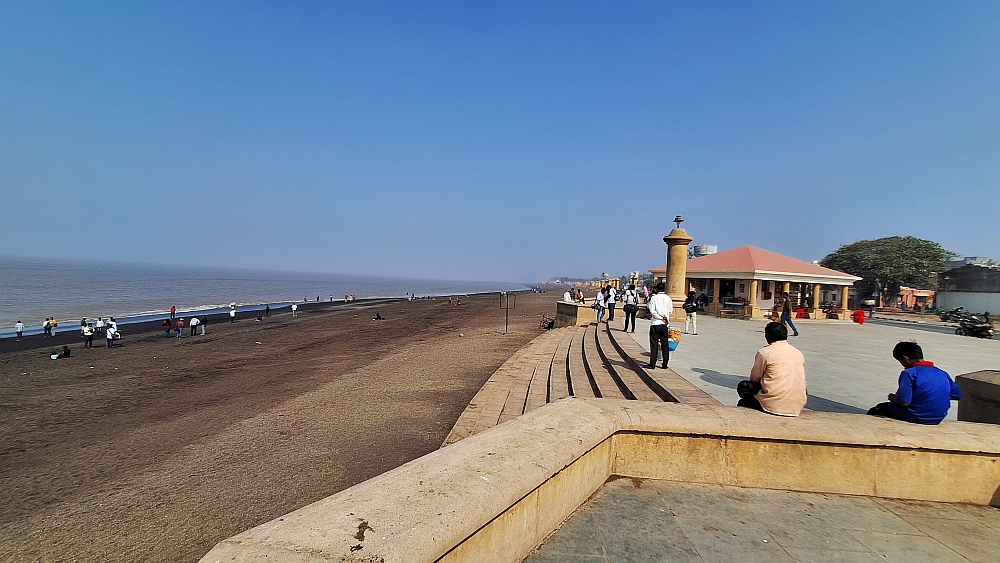
Hassle-free experience
One of the most prominent features of this seemingly ‘never-ending’ coastal road is Smart Lighting. As twilight descends, the seafront comes alive with a symphony of lights. The path, like a luminescent ribbon, guides wanderers into the night. Here, convenience meets aesthetics. Visitors can park their vehicles seamlessly, ensuring a hassle-free experience.
Amidst the salty breeze, lush green pockets invite weary souls to pause, reflect, and rejuvenate. The fragrance of blooming flowers mingles with the sea spray. Culinary delights from across the region find their home here. From piping hot vada pav to coconut water, the seafront caters to every palate.
There are plenty of recreational zones where children laugh and chase each other on the grassy lawns. Families gather for picnics, their laughter carried away by the wind. Here, futurists planning can be seen at its best with a provision for Tent Cities where one would wake up to the sound of waves, cocooned in luxury tents overlooking the sea.
This is undoubtedly a one-of-its-kind coastal promenade in India attracting tourists from all over, boosting local economy. The seafront is being transformed into a world-class tourist destination, a hub for leisure and recreation activities, exploring the immense potential of the zone.
The swanky coastal road that stretches from Devka Beach in the north to Jampore Beach in the south boasts of state-of-the-art facilities, broad walkways, vista points, selfie spots, etc. and is increasingly becoming popular among young travellers, families and … influencers!
Tourists can now just zip through the entire stretch in a matter of few minutes, while enjoying the sea breeze, local food and picturesque landscape of sandy shores flanked by vibrant fishing boats and fishermen lazying under the golden sun. Along the Daman coastline, it is common to see the local Tandels repairing their boats and nets, and fish being sun-dried on strings.
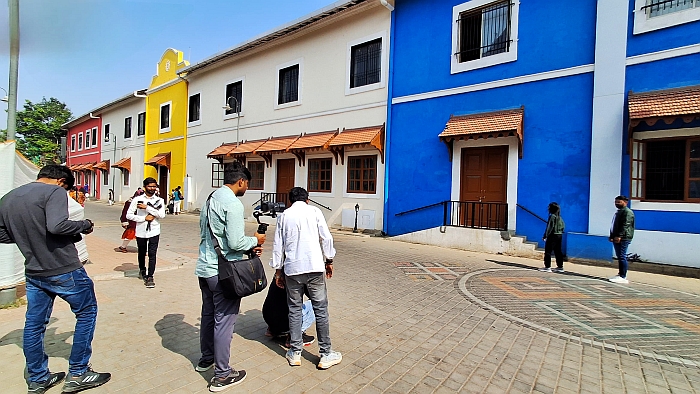
Endless places to visit
Situated on India’s western coast, adjacent to the Arabian Sea, Daman is rich in history and heritage. This enclave serves as a part of the Union Territory (UT) of Dadra and Nagar Haveli and Daman and Diu. Despite its size, Daman attracts a significant number of tourists due to its tranquil beaches, breathtaking landscapes, rich architecture, and delicious food!
Daman was a former Portuguese colony and later became part of India as a Union Territory. Kolak River in the north and the Kalai River in the south separate Daman from Gujarat. The Daman Ganga River divides the town into two parts, namely Moti Daman and Nani Daman.
The zone is filled with remnants of Portuguese history, including churches, forts, bungalows, etc. A culturally vibrant town, Daman also features splendid temples, picturesque bridges and a variety of food options. Some of the popular tourist spots include Nani Daman Fort, Moti Daman Fort, Devka Seafront, Jampore Beach, Nani Daman Jetty, Moti Daman Jetty, Church of Bom Jesus, etc.

BAPS Swaminarayan Temple, located on the banks of Daman Ganga River is another popular tourist destination for those visiting the zone. The intricately-carved pillars and domes of the temple are a vision and the spacious lush garden offer serenity to the spiritual visitor.
The beaches in Daman have undergone a welcome face-life in recent years. Devka, Jampore and Nani Daman beaches are thronged by tourists and locals throughout the year. The Jampore Beach, located five km from the Moti Daman Jetty, is a pristine, palm-fringed beach that attracts tourists seeking adventure activities and beach sports such as parasailing, camel and horse rides, etc.
Devka Beach, in contrast, emerges as an idyllic haven for families in pursuit of both amusement and tranquillity. Its appeal lies in the clean waters and abundance of amusement parks and resorts, making it an attractive choice for visitors of all ages, from the young to the elderly. The seemingly boundless shoreline provides a serene and uninterrupted experience, inviting relaxation and enjoyment.
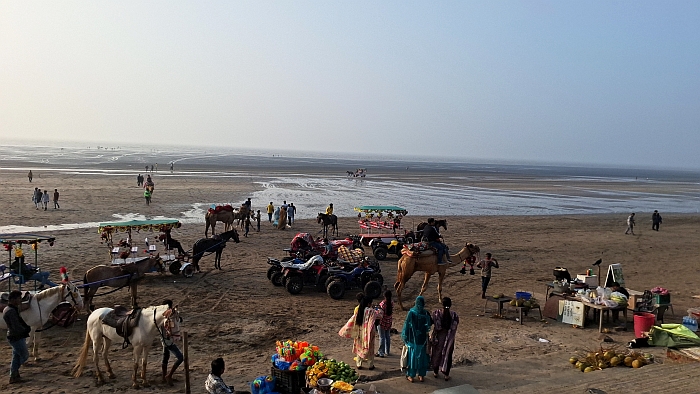
Due to the ongoing development in the area and the construction of the coastal road, the Moti Daman jetty and the beach have undergone significant enhancements to cater to tourists. One can often see people jogging, socialising, and children joyfully running along the sandy shoreline, with some even attempting to fly kites in the brisk winds. Young couples and influencers can be seen doing photo-shoots as well.
The newly-constructed coastal road has reduced travel time drastically within Daman and to nearby tourist places. On a trip to Daman, one can visit many other places of historical importance in the zone such as Udvada – the Parsi pilgrimage town and the home to the Atash Behram.
Food and forts
The quaint coastal enclave has gained acclaim for its delectable seafood, meticulously crafted with a distinctive medley of spices affectionately referred to as the “green gravy.” This culinary delight is abundantly available in local eateries. Among the preferred delicacies are succulent lobsters, flavourful fish, and tender crabs.
Notably, even vegetarian dishes prepared in the traditional green gravy have garnered popularity. In recent times, the town has witnessed a surge in the popularity of restaurants serving South Indian cuisine, as well as stalls offering a variety of local snacks and refreshing beverages.
The Moti Daman Fort stands as a living testament to resilience, culture, and the ebb and flow of empires – a canvas where shadows blend with whispers, and history breathes. The foundations of the fort were laid in AD 1559 and it stands as a testament to both architectural prowess and historical significance. Its completion, in AD 1581, coincided with the period when Daman existed as a Portuguese enclave. As you step within its formidable walls, encompassing an area of over 30,000 square meters, you embark on a journey through time, unravelling the intricate threads of Daman’s past.
The structures within the confines are several Portuguese-style buildings including the Administrator’s Secretariat, Government House, old lighthouse, convent school, government quarters, district library, gardens, district court, Daman Municipal Council, Cathedral of Bom Jesus, Dominican Monastery, Bocage House (also known as the poet house), etc.
The Moti Daman lighthouse near the fort is another popular tourist destination in Daman. One has to go to Moti Daman Jetty to reach the lighthouse via a newly-constructed beachfront road called the ‘Ram Setu’ that goes all the way to Jampore Beach.
The House of Bocage (The Poet House) is often overlooked by visitors when they visit the Moti Daman Fort. It is named after the Portuguese Neo-classical poet Manuel Maria Barbosa Du Bocage, who used the pen name Elmani Sadino. In 1786, Bocage was assigned to Goa as a Guarda-Marinha in the Portuguese Navy.
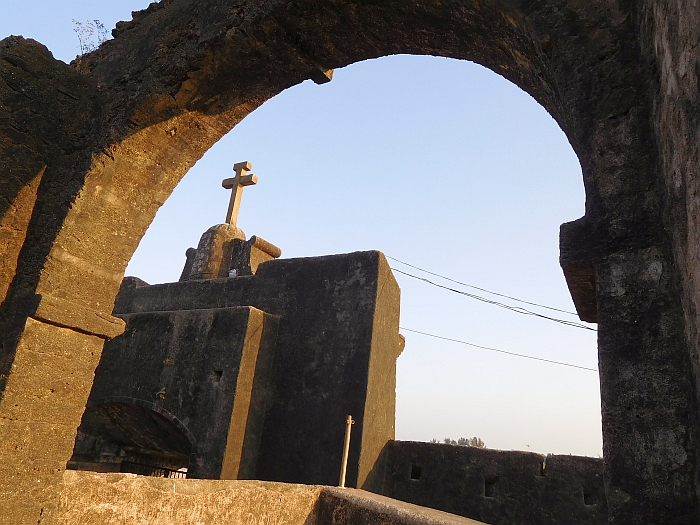
Initially, he was drawn to the Navy by the heroic narratives of the Portuguese empire in Asia, as portrayed in Portugal. However, his perception changed upon witnessing the reality of the Portuguese Empire in India. Disenchanted, he expressed his discontent through satirical sonnets aimed at the then-Governor and the Viceroy of Portuguese India. Consequently, he was advised to leave Goa. After departing, Bocage briefly served as a lieutenant in the infantry company in Daman in 1789 before escaping to Macau.
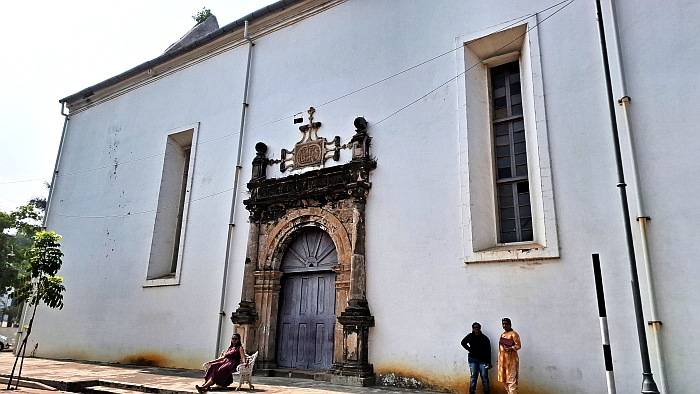
The forgotten history
Daman had a rich history before it became a Portuguese colony. In antiquity, Daman’s historical roots extend back to the second century BC, when it formed an integral part of the Mauryan Empire during the reign of Emperor Ashoka. The district of Daman was a significant component of the region known as Lata, which constituted one of the seven divisions of the Aparant or Konkan Vishaya. This historical continuity persisted from the 2nd Century BC through the 13th Century AD.
Subsequently, with the waning influence of the Mauryan dynasty, the governance of the Daman district shifted to the Satavahana ruler Satkarni I by the close of the 2nd Century BC. As the sands of time flowed into the 1st Century AD, Daman came under the administration of the Kshaharatas, who held the position of provincial governors, or Kshatrapas, under the Kushana emperors.
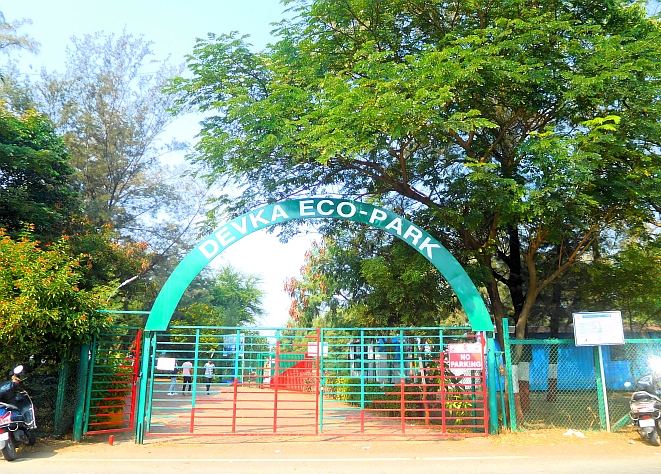
Through the centuries, Daman witnessed the ebb and flow of dominion under the rule of diverse dynasties. These included the Satkarni, who drove away the Kshaharatas and ruled briefly before the Kshaharatas of Ujjain reconquered the district around AD 150. After the Kshatrapas, Daman was ruled by the Abhir Kings until AD 416, followed by the Traikutakas during the 5th Century AD.
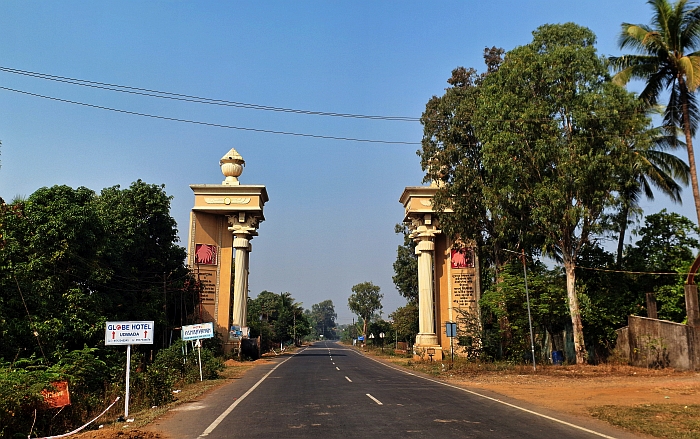
Post the decline of the Kshaharatas, Daman fell under the rule of the Abhir Kings until AD 416. And, subsequently, during the fifth century AD, the Traikutakas assumed authority over the district.
In a dramatic turn of events, in a few years, the power of the Traikutaka was overthrown by the Vakataka king Harishena in AD 500. From AD 500 until AD 609, Daman was governed by the Kalachuris of Mahishmati, led by King Krishnaraja and his successors.

Daman
In AD 609, King Mangales of the Chalukyas of Badami defeated the last Kalachuri king, Budharaja. Over the next 800 years, Daman witnessed the reign of several Hindu kings and chieftains. Eventually, it succumbed to the Mughals. In 1465, Mahmud Shah Begada, Sultan of Gujarat, conquered the Parnera Fort and the port of Daman, levying tribute from Jagatshah.
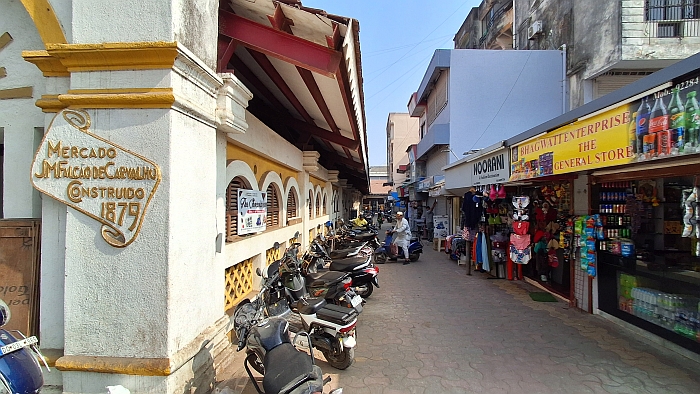
The Portuguese rule
In 1581, the ‘Siege of Daman’ took place in a military scuffle between the Shah of Gujarat and the Portuguese ensued in Daman. A Mughal army engaged the Portuguese forces to set up a siege but was forced to withdraw.
The Portuguese colonisation of Daman began when the Portuguese acquired the region from the Shah of Gujarat. In 1523, the Portuguese first noticed the port of Daman and subsequently launched several attacks.
It was only until 1559 that they gained full control through a treaty with Bahadur Shah of Gujarat. This marked the onset of Portuguese rule in Daman, which endured for over 400 years until 1961 when the Indian armed forces annexed the district, leading to the formation of the Union Territory.
Following liberation from Portuguese rule in 1961, Daman and Diu initially became part of the Union Territory of Goa, Daman, and Diu. However, in 1987, after Goa achieved statehood, Daman and Diu became a separate Union Territory. In January 2020, the Union Territories of Daman and Diu and Dadra and Nagar Haveli became one union territory.

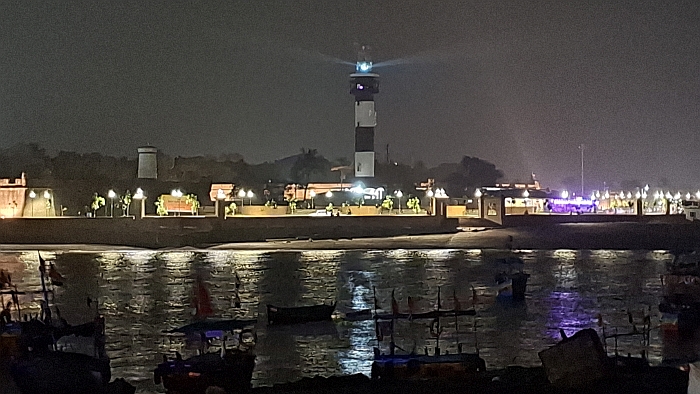
 Manu Shrivastava is a journalist and
Manu Shrivastava is a journalist and